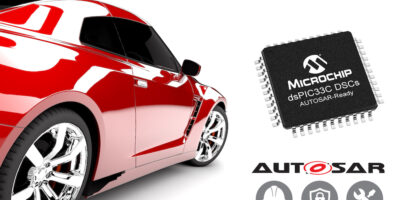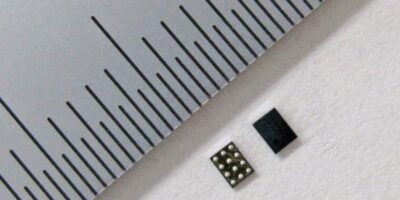The latest version of Nvidia’s Train, Adapt and Optimise (TAO) toolkit, is claimed to simplify and accelerate the creation of AI models for speech and vision AI applications.
Developers can use the power of transfer learning to create production-ready models customised and optimised for particular use cases without the need for massive amounts of data, explained Nvidia. Typical applications include detecting defects, translating languages, or managing traffic.
The latest version boosts developer productivity with the introduction of pre-trained vision and speech models. It also includes key new features such as ONNX model weights import, REST APIs, and TensorBoard integration.
It is now possible to build a new AI service or integrate AI into an existing one with REST architecture (representational state transfer) application programming interfaces (APIs). The TAO Toolkit service can be managed and orchestrated on Kubernetes. With TAO Toolkit as-a-service, IT managers can deliver scalable services using industry-standard APIs.
It is also possible to fine-tune and optimise non-TAO models with TAO. It is possible to import pre-trained weights from ONNX and take advantage of TAO features like pruning and quantisation, with support for image classification and segmentation tasks.
Developers can understand model training performance by visualising scalars such as training and validation loss, model weights, and predicted images in TensorBoard. They can also compare results between experiments by changing hyperparameters.
In addition, pre-trained models speed up the customisation process with the ability to fine-tune through the power of transfer learning, with less data. Some of the new pretrained models in this latest version can apply data gathered from lidar sensors for robotics and automotive applications, advised Nvidia. It is also possible to classify human actions based on human poses. This can find applications in public safety, retail, and worker safety use cases.
Another use for pre-trained models is to estimate key points on humans, animals, and objects to help portray actions or simply define the object shape.
Users can create custom voices with just 30 minutes of recorded data to power smart devices, game characters, and quick service restaurants for example.
Enterprise support for TAO Toolkit is available with Nvidia AI Enterprise, an end-to-end software suite for AI development and deployment.







